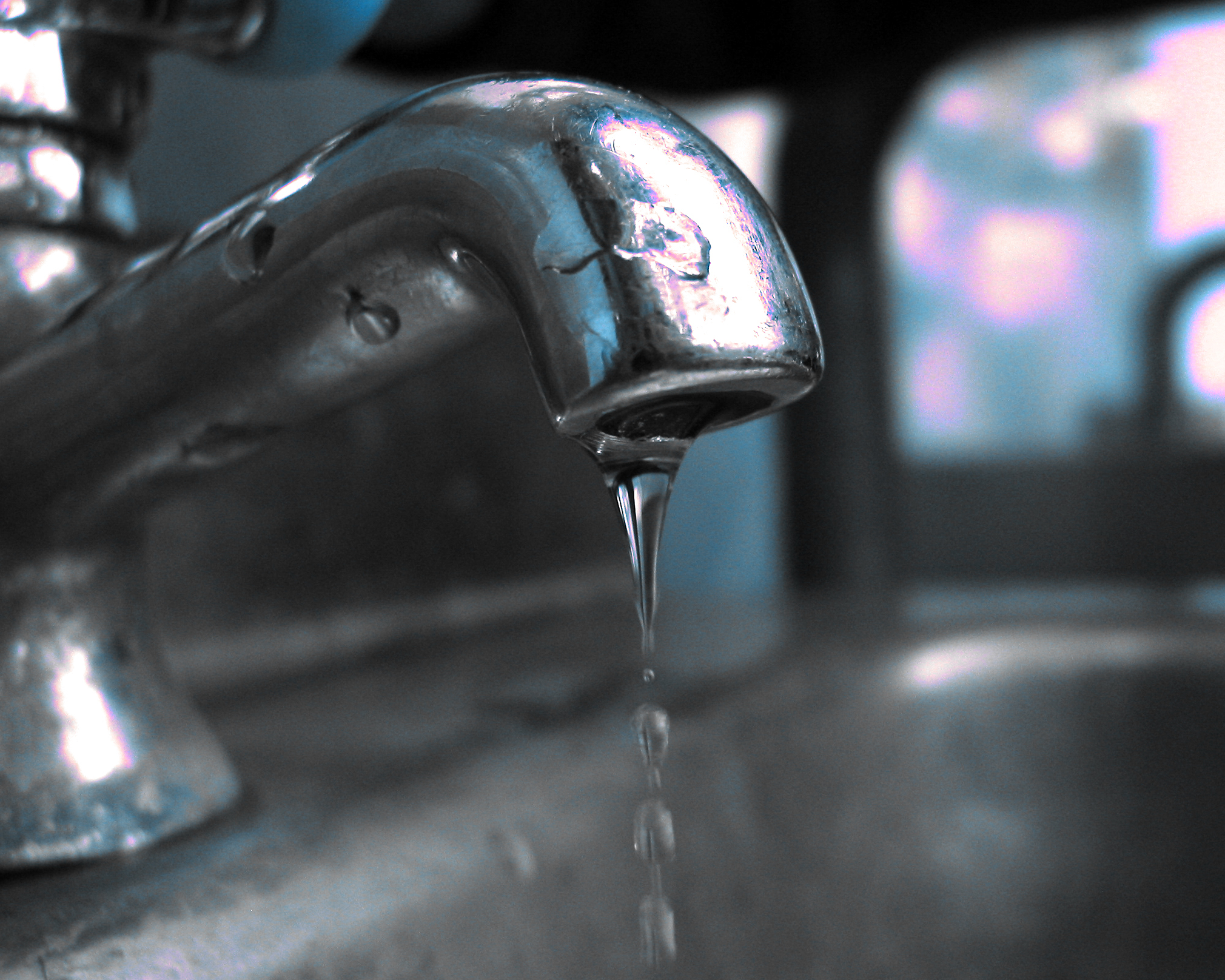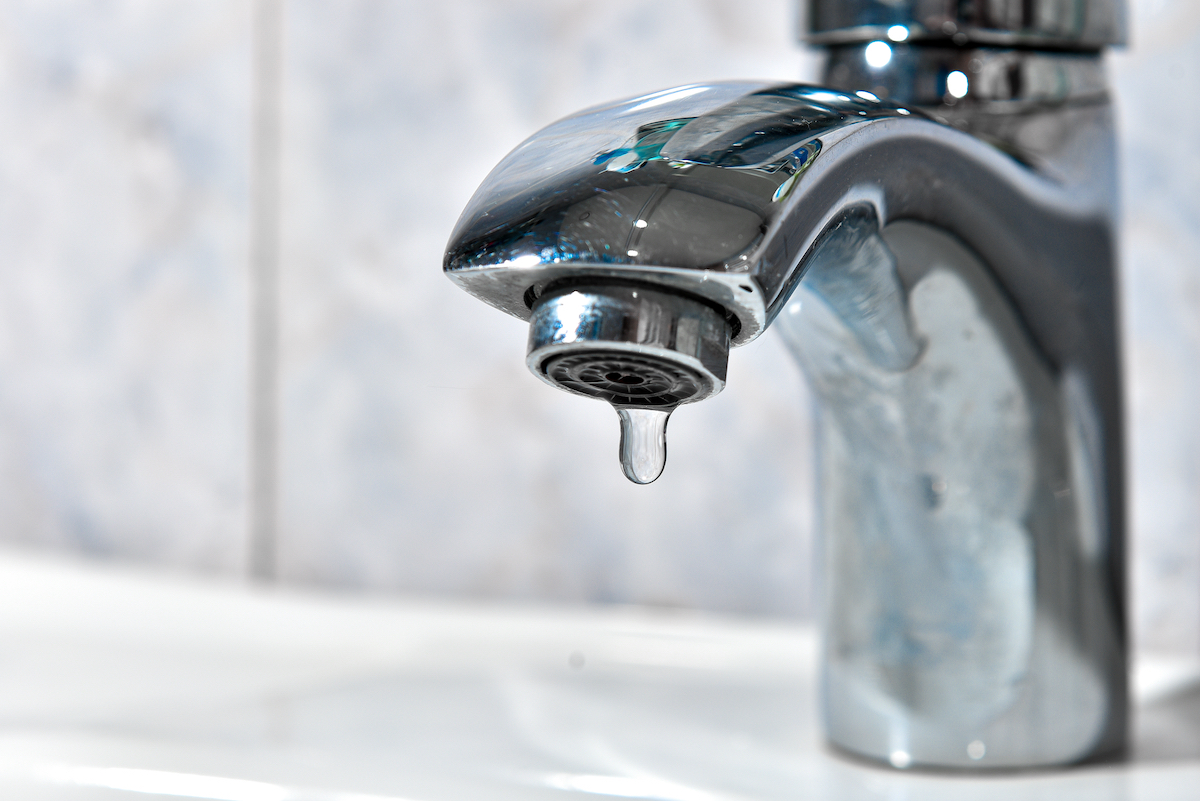Just about every person will have their own unique assumption with regards to Water Dripping from Faucet: Why and How to Fix.

Trickling taps might appear like a small aggravation, but their effect goes beyond simply the nuisance of the sound. From wasting water to sustaining unnecessary economic expenses and wellness threats, overlooking a trickling faucet can result in numerous effects. In this article, we'll explore why it's critical to address this typical house issue without delay and effectively.
Waste of Water
Ecological Effect
Trickling faucets contribute substantially to water waste. According to the Environmental Protection Agency (EPA), a solitary faucet dripping at one drip per second can throw away more than 3,000 gallons of water each year. This not only pressures water resources but likewise influences ecosystems and wildlife based on them.
Financial Prices
Boosted Water Costs
Beyond the environmental impact, leaking taps can inflate water expenses considerably. The gathered wastefulness over time translates right into higher utility expenses, which can have been prevented with prompt repair work.
Possible Building Damage
Furthermore, extended leaking can lead to damage to fixtures and surface areas bordering the faucet. Water buildup can cause staining, corrosion, and even structural issues if left neglected, leading to added repair expenses.
Health and wellness Problems
Mold and Mildew Development
The continuous existence of moisture from a dripping tap creates a perfect environment for mold and mildew and mold development. These fungi not only jeopardize indoor air high quality yet likewise posture health and wellness risks, specifically for people with respiratory system problems or allergic reactions.
Waterborne Conditions
Stationary water in leaking faucets can come to be a breeding place for microorganisms and various other virus, raising the danger of waterborne illness. Pollutants such as Legionella germs grow in stagnant water, potentially resulting in serious health problems when consumed or breathed in.
DIY vs. Specialist Repair service
Advantages and disadvantages of Do It Yourself Repair
While some might attempt to fix a leaking tap themselves, do it yourself repairs feature their very own set of obstacles. Without correct expertise and tools, do it yourself efforts can exacerbate the problem or lead to insufficient repairs, lengthening the trouble.
Advantages of Hiring a Specialist Plumber
Hiring an expert plumber ensures that the underlying root cause of the dripping tap is resolved successfully. Plumbings have the competence and tools to detect and repair faucet issues effectively, conserving time and decreasing the risk of further damages.
Step-by-Step Overview to Fixing a Dripping Faucet
Tools Required
Before attempting to repair a leaking faucet, gather the required tools, including a flexible wrench, screwdrivers, substitute components (such as washers or cartridges), and plumber's tape.
Typical Faucet Issues and Their Solutions
Identify the type of faucet and the specific issue causing the drip. Common troubles consist of damaged washers, corroded valve seats, or defective O-rings. Refer to producer instructions or online tutorials for step-by-step support on fixings.
Preventive Measures
Regular Maintenance Tips
To prevent dripping faucets, carry out routine maintenance such as cleansing aerators, evaluating for leakages, and replacing worn-out parts quickly. Furthermore, take into consideration mounting water-saving devices or upgrading to a lot more reliable fixtures.
Importance of Prompt Repair Works
Dealing with leaking faucets as quickly as they're observed avoids further water wastefulness and prospective damage, inevitably conserving both water and money in the future.
Effect On Home Value
Assumption of Well-Maintained Building
Preserving a home in good condition, including attending to maintenance concerns like dripping taps, enhances its regarded value and worth among possible customers or renters.
Influence on Resale Worth
Residences with properly maintained plumbing fixtures, consisting of faucets, command greater resale worths in the real estate market. Addressing leaking taps can contribute to a favorable impression during building evaluations and arrangements.
Environmental Duty
Private Contribution to Preservation
Taking duty for taking care of leaking taps lines up with more comprehensive efforts toward water preservation and environmental sustainability. Every individual's activities collectively make a significant influence on preserving precious sources.
Lasting Living Practices
By focusing on prompt repair services and taking on water-saving habits, individuals contribute to lasting living techniques that profit both existing and future generations.
Verdict
Resolving a dripping faucet exceeds simple comfort; it's an essential step toward saving water, minimizing economic prices, and safeguarding wellness and property. Whether through DIY repair work or professional support, acting to take care of leaking faucets is a little yet impactful method to promote accountable stewardship of resources and add to a much healthier, extra lasting future.
How to Fix a Dripping or Leaky Faucet
A leaking faucet is one of the most common problems that homeowners encounter, but it being commonplace doesn’t make it any less annoying. The constant drip drip drip of a leaking bathtub faucet, showerhead, or sink tap can disturb your home’s serenity. Left neglected, a dripping faucet can also result in higher water bills and discoloration or mold growth in your sink or plumbing fixtures.
Fortunately, you don’t have to be a trained plumber to know how to stop a dripping faucet. With some basic tools, replacement parts, and a little patience, leaky faucet repair is a breeze. In this article, we’ll explain what causes dripping faucets and how you can fix them.
What Causes a Leaking Faucet?
Kitchen and bathroom faucets come in all manner of designs, but most involve some combination of valves, O-rings, seals, and washers. The O-ring is usually the weakest link, but any one of these pieces can wear down over time. Heat, moisture, temperature fluctuations, minerals, mold, and movement can contribute to warping and corrosion, breaking the watertight seal. This just comes with the territory of being a homeowner. Everything is always subject to wear and tear, and some component parts of your appliances and fixtures need to be replaced on occasion. At least replacement O-rings are cheap!
More rarely, dripping faucets can be a symptom of excessively high water pressure. Were this the case in your home, you would probably notice that the leak is not isolated to one faucet. Water pressure issues are harder to resolve on your own. We recommend contacting a professional plumber if you suspect your water pressure is too high.
How to Fix a Dripping Faucet
- Pipe wrench or monkey wrench
- Allen wrench set
- Screwdrivers
- Old towel or rag
Shut off the water.
Before you do anything, you need to turn off the water to keep from drenching your kitchen or bathroom. You should find a valve under the sink and against the wall. Once you’ve turned this valve, try turning the faucet on to confirm that the water source has been cut off.
If you can’t locate your local valve for the faucet you’re working on, you can always shut off the water to the house at the main valve. Of course, this will prohibit anyone from using the sinks, showers, or toilets while you’re working on the faucet that’s giving you trouble.
Plug or block the drain.
You’ll be disassembling the faucet and removing some small bits of hardware. Plug the drain with a stopper or rag to avoid the possibility of a small screw falling into your P-trap.
Take apart the faucet assembly.
There are several varieties of kitchen and bathroom faucets, each with its own manner of assembly. For detailed instructions on how to disassemble your faucet, you can refer to the fixture’s manual or contact the manufacturer. If you know whether you have a ball, disc, cartridge, or compression faucet, you can find detailed schematics online.
In general, you need to begin by removing the faucet handles. You might notice a small screw that you’ll need to remove with a screwdriver or Allen wrench. If you don’t see any visible securing hardware, it’s likely hidden under a decorative cap that can be unscrewed or popped off with flathead screwdriver.
Remove each piece methodically, consulting a schematic when necessary. Take notes or arrange the pieces in such a way to make it easier to correctly reassemble the faucet later.
Remove the cartridge.
Once you’ve removed the handles and securing hardware, you should be able to remove the valve cartridge or stem. Some cartridges will slide right out. Other faucet models will require you to loosen a nut with a pipe wrench before you can remove the valve stem.
Examine the exposed hardware.
With the cartridge or stem removed, inspect the component parts. Check the rubber O-rings for wear and tear. Also examine the seat washer for corrosion or other damage. These pieces are usually the responsible parties for a dripping faucet, but it’s worth inspecting the other component parts while you have the faucet disassembled.
Find replacement parts.
Once you’ve identified which faucet component has failed, find an identical replacement. Your local hardware store should have O-rings, seat washers, and other standard components in stock. If you have a luxury or uncommon faucet, you may have to contact the manufacturer for a replacement part.
It’s a good idea to take your old parts with you to the hardware store so you can compare them with the store’s inventory and be sure you’re purchasing the correct replacement.
Reassemble the faucet.
With your new parts in hand, reconstruct the faucet and handles. Don’t be tempted to overtighten screws or nuts. You might think this could create a better seal, but it can instead damage or bend a delicate part of the assembly and create a new problem for you.
Turn on the water and test the faucet.
The only thing left to do is test your work. Unplug the sink, turn the water back on, and try the faucet. Congratulate yourself on a job well done!
https://www.libertyhomeguard.com/how-to-fix-a-dripping-or-leaky-faucet/

I recently found that post on Why Is It Important To Fix Your Leaking Tap/Faucet? when doing a lookup on the web. If you enjoyed reading our page plz do not forget to pass it around. I am grateful for your time. Revisit us soon.
Comments on “The Reasons Behind Addressing a Dripping Faucet”